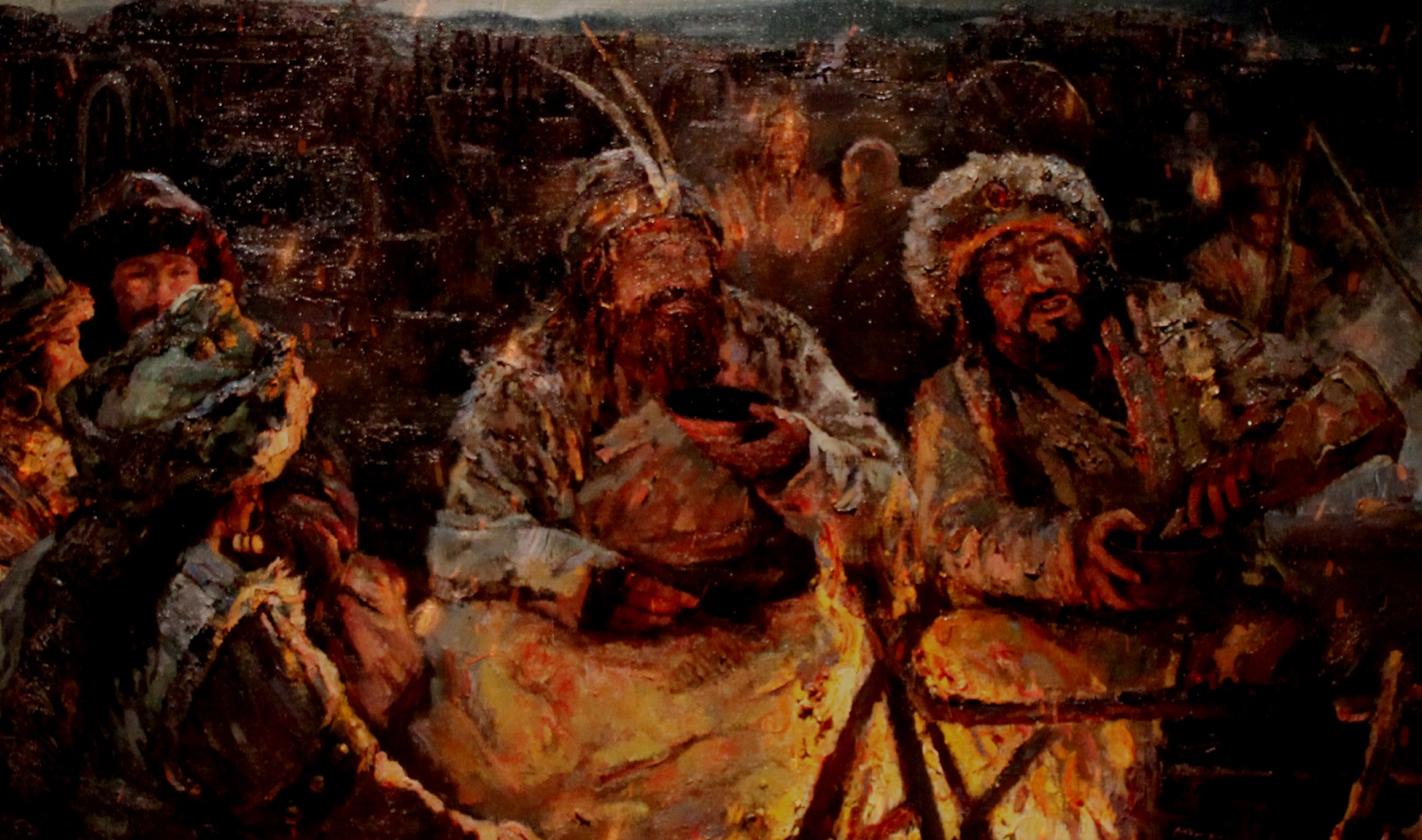8:28 PM Rediscovering Mongolia’s Past: New Insights Into Its Storied History | |

Mongolia, the land of Chinggis Khan and the vast Mongol Empire, has a history as expansive as its steppes. Recent discoveries and research continue to uncover fascinating details about the nation’s historical legacy, shedding light on the resilience, ingenuity, and influence of its people. From ancient tombs to modern revivals, Mongolia's history continues to captivate the world. These discoveries not only deepen our understanding of the past but also inspire pride and innovation in the present. For history enthusiasts, Mongolia remains a treasure trove of untold stories waiting to be explored. 1. Unearthing the Tombs of Xiongnu NobilityA recent archaeological expedition in the Khentii province has uncovered a series of ancient tombs believed to belong to the Xiongnu Empire (3rd century BCE to 1st century CE), Mongolia's first empire. The tombs contained intricate gold ornaments, weapons, and horse remains, highlighting the wealth and warrior culture of the Xiongnu elite. Significance: These findings offer new insights into the political and cultural systems that predate the Mongol Empire, showing Mongolia's role as a center of innovation and power in ancient Asia. 2. Climate and Empire: Decoding the Rise of the Mongol EmpireA groundbreaking study by climatologists and historians has linked the rise of the Mongol Empire to a period of unusual climatic stability in the 13th century. Known as the Mongolian Pluvial, this era of consistent rainfall and mild temperatures resulted in lush pastures, enabling the Mongols to maintain vast herds and mobilize their legendary cavalry forces. Modern Relevance: With climate change threatening Mongolia's fragile ecosystems, researchers are using historical climate patterns to inform strategies for sustainable land use. 3. Chinggis Khan’s Ancestral Homeland Declared a World Heritage SiteIn 2024, UNESCO designated the Khentii Mountains, believed to be the birthplace of Chinggis Khan, as a World Heritage Site. This region, known as Ikh Khorig (The Great Taboo), has been a sacred and protected area for centuries. What’s Next: Plans are underway to develop eco-friendly tourism in the region, allowing visitors to explore its historical significance while preserving its natural beauty. 4. DNA Reveals the Genetic Legacy of the Mongol EmpireA global genetic study has confirmed that the Mongol Empire left a profound biological imprint on populations across Asia and Europe. Scientists identified genetic markers tied to the Mongols, revealing how their conquests facilitated unprecedented genetic diversity through cultural and biological exchanges. Cultural Impact: The study underscores the interconnectedness of ancient civilizations and how Mongolian history continues to shape the world. 5. Reconstructed Glory: Virtual Models of KarakorumResearchers at the National University of Mongolia have used advanced 3D modeling to reconstruct Karakorum, the ancient capital of the Mongol Empire. The models depict the city's intricate urban planning, including its grand palaces, Buddhist temples, and a vast silver tree that served as a symbol of unity. Educational Benefits: These digital reconstructions are being integrated into virtual museum exhibits, offering a dynamic way to engage with Mongolia's history. 6. Preserving Oral Histories: Stories of the Nomadic TribesMongolian historians and linguists are collaborating with rural communities to record the oral histories of nomadic tribes. These stories, passed down through generations, provide firsthand accounts of key historical events, including the transition from nomadic empires to the modern era. Challenge: With urbanization accelerating, preserving these oral traditions has become urgent to ensure the continuity of Mongolia’s intangible cultural heritage. 7. The Rediscovery of the Secret History of the MongolsScholars have announced the discovery of new annotations in ancient manuscripts of the Secret History of the Mongols, the earliest surviving literary work in the Mongolian language. These notes, found in a monastery in Inner Mongolia, offer unique perspectives on the strategies and philosophies of Chinggis Khan’s reign. Key Insight: The annotations highlight Chinggis Khan’s emphasis on meritocracy and diplomacy, challenging the simplistic image of him as a conqueror. 8. Reviving Ancient Mongolian ScriptEfforts to reintroduce the Mongolian script, used during the height of the Mongol Empire, have gained momentum. The government has announced plans to make the script mandatory in schools by 2025, alongside the Cyrillic alphabet. Cultural Significance: Reviving the script is seen as a way to reconnect with Mongolia’s historical identity and preserve its unique linguistic heritage. 9. Women Warriors of the SteppeNew archaeological evidence from burial sites in central Mongolia suggests that women played significant roles as warriors during the Mongol Empire. Analysis of skeletons found with weapons indicates that women participated in battles, challenging traditional narratives of gender roles in the empire. Historical Revision: These findings highlight the inclusivity and adaptability of Mongol society, where skill and ability often outweighed gender norms. | |
|
| |
| Total comments: 0 | |